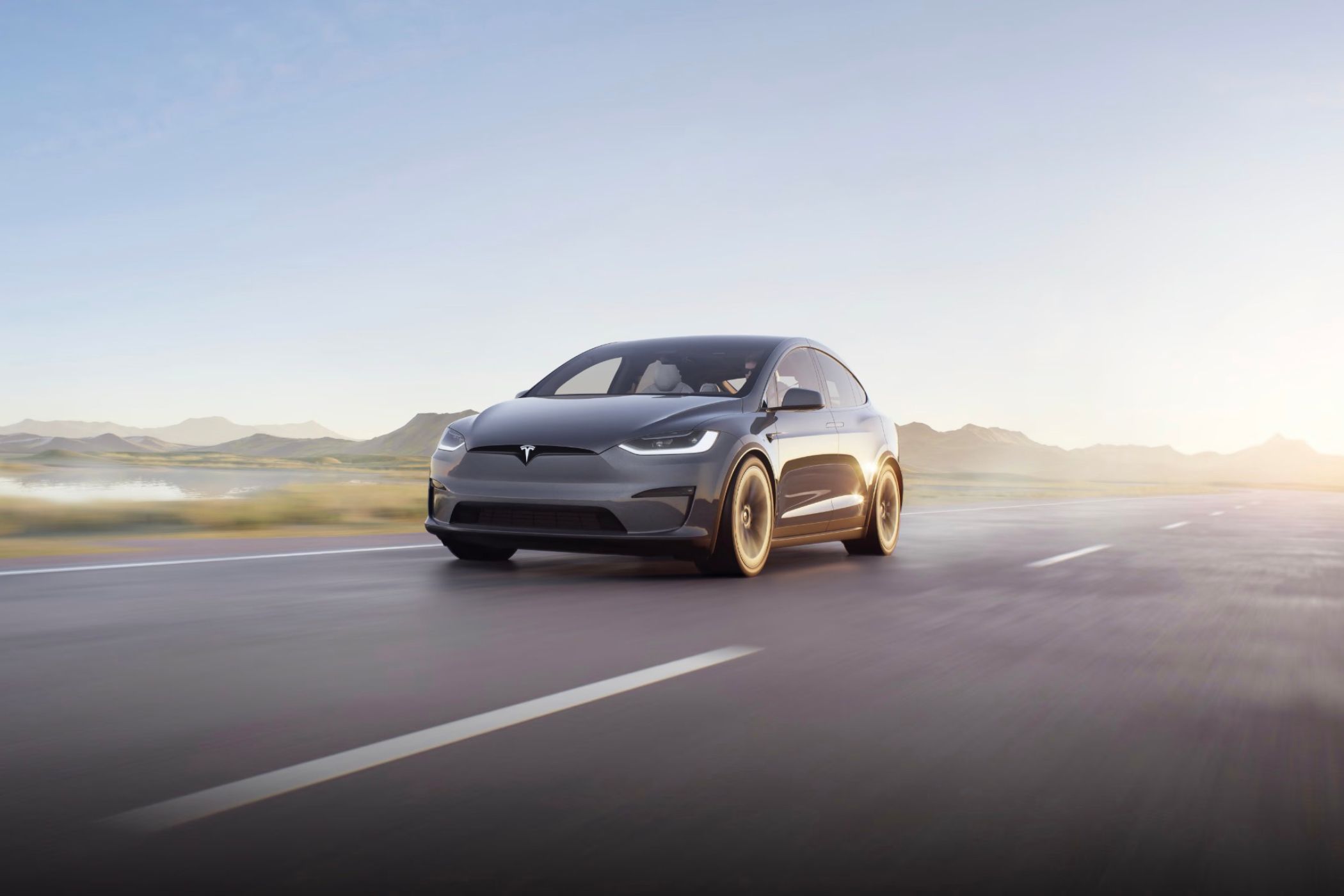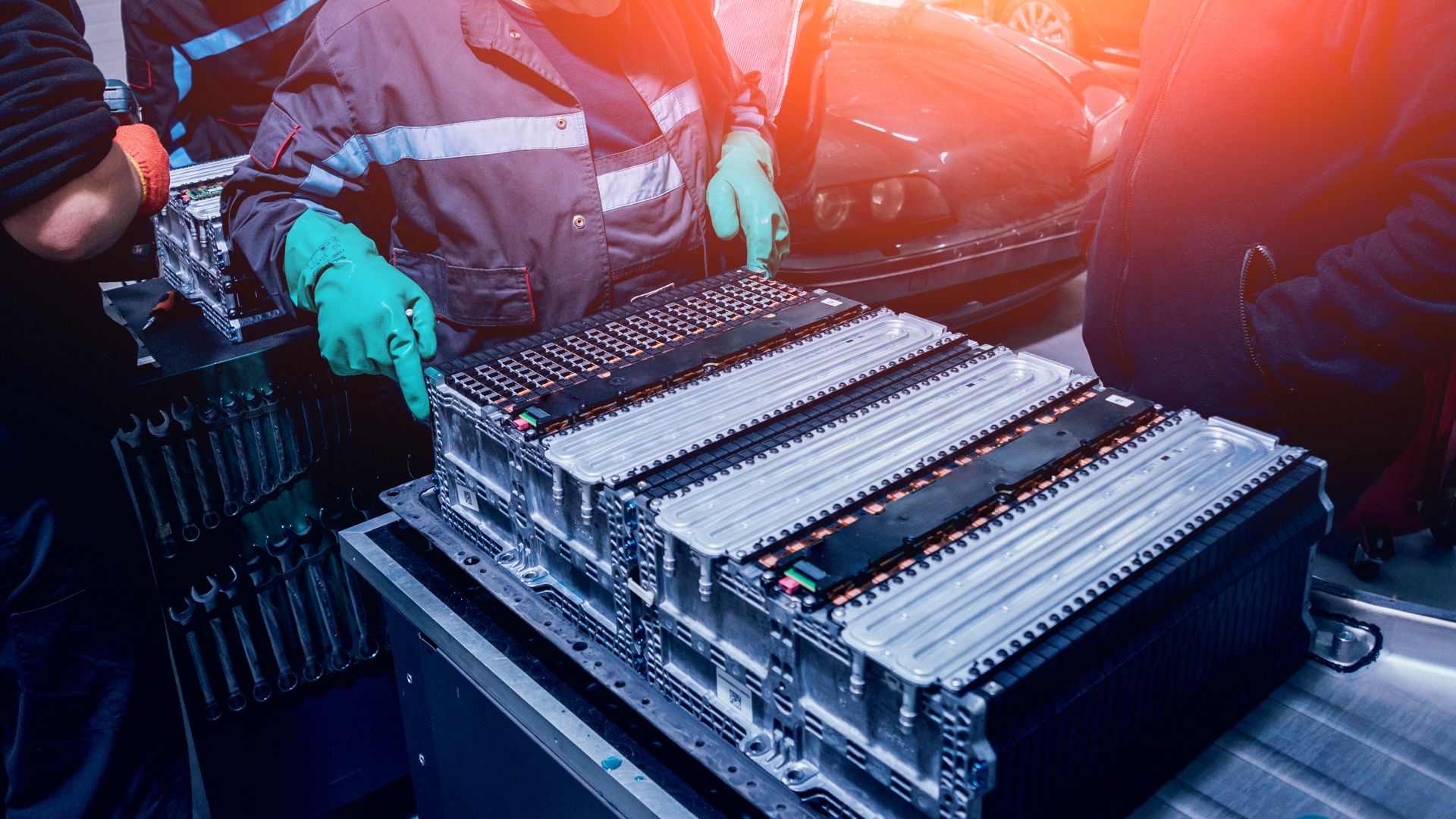
Unveiling the Truth: Busting Top 7 EV Ownership Fallacies

Unveiling the Truth: Busting Top 7 EV Ownership Fallacies
There’s no denying that EVs are now a mainstream option among drivers around the world. But with this widespread adoption of EVs has come a slew of myths and misconceptions, some of which exist far from the truth. So, what are the most common EV myths, and what’s the reality?
1. EVs Are Carbon Neutral
It’s often assumed that, without the need for gasoline or diesel, EVs are carbon-neutral by default. But this is far from the case.
What’s important to remember about EVs is that they still require resources in the manufacturing process. Not only do the exterior body and interior furnishings of an EV need to be built, but the battery itself requires various heavy metals, including lithium, cobalt, and nickel. These metals need to be sourced via mining or extraction, two processes that can have a nasty effect on the environment.
For instance, lithium is a key component in typical EV batteries. As EV demand rises, so does the need for lithium. According to a Statista report , 130,000 metric tons of lithium were mined in 2022 alone, so the requirement for this heavy metal is evident.
The problem here arises in the mining process. Lithium mining can ruin the surrounding environment, including the places where people live. As stated in an MIT Climate Portal article , each ton of lithium mined accounts for the release of 15 tonnes of CO2, one of the most prominent gases fueling global warming. The physical mining process can also displace both wildlife and people, depleting the biodiversity of the area.
What’s more, it’s important to note that EVs still require fuel in the form of electricity. While many countries are making moves to slowly transition to renewable energy sources, the vast majority of electricity still comes from coal, oil, and natural gas.
In the US in 2023, just 20 percent of energy is sourced from renewable resources, with 68 percent being from petroleum and natural gas, and 11 percent being from coal (according to USA Facts ). Evidently, there is still a huge reliance on non-renewable resources.
2. All EVs Are Expensive
While EVs are generally pricier than ICEs, they’re not all expensive. It’s commonly thought that EVs are pricey because Tesla, a highly popular EV brand, sells its vehicles at a pretty high price point. Even the cheapest Tesla on the market, the Model 3, comes in at just under $40,000, which is way out of the price range of many prospective buyers.
There are quite a few expensive EV models out there outside of Tesla’s range, such as BMW’s EV series. But worry not, these are just two of many automotive brands offering EVs. Many well-established manufacturers, including Ford, Nissan, Mercedes, Audi, and Chevrolet, offer their own EVs, some of which come at an affordable price.
If you’re looking for a new EV but are still aiming for an even low price, you could consider the Smart EQ Fortwo, though note that this is a very small vehicle with a range of only 80 miles.
It’s also worth noting that there are plenty of used EVs on the market today. Given that most EVs are under a decade in age, you won’t be wading through hundreds of old vehicles, and most online dealers let you filter by make, model, mileage, and price. Of course, these used models will almost always come at a lower price than new EVs, so it’s worth looking around used EV marketplaces if you want to stay under a tighter budget.
What’s more, the US government provides tax credits for those who buy used EVs for personal use. Credit of up to $4,000 can be gained by those buying a used EV or FCEV, which is worth keeping in mind.
3. EVs Can’t Travel Far

Some think that all EVs can’t travel very far on a single charge, but this simply isn’t the case. There are some specific models of EV that come with a short range, such as the aforementioned Smart EQ Fortwo and the Citroën Ami.
But the majority of EVs have a range that exceeds 200 miles, which is enough for most folk, who don’t tend to travel more than 30 or 40 miles in a single day. Some EVs even exceed 400 miles in total range, though these are less common.
EV mileage ranges tend to vary between 150 and 350 miles. Below is a table of popular EV models and their ranges so that you can get an idea of what’s on offer here. Note that the maximum mileage can change slightly depending on weather conditions, speed, and the use of heating or air conditioning .
| Car Model | Maximum Range |
|---|---|
| Tesla Model Y | 283 miles |
| Tesla Model X | 348 miles |
| BMW i4 | 320 miles |
| Nissan Leaf | 170 miles |
| Jaguar I-Pace | 292 miles |
| Kia e-Niro | 280 miles |
| Tesla Model 3 | 395 miles |
| Renault Zoe | 240 miles |
| Renault Twizy | 60 miles |
As you can see, the majority of popular EVs have a mileage that exceeds 200 miles, though there are some exceptions.
4. EVs Batteries Need Regular Replacement
Unlike your alarm clock or TV remote, your EV battery doesn’t need to be regularly replaced. Depending on your EV model, the lifespan of the battery will vary, but your average EV battery lasts between 10 and 20 years .
It was reported by Recurrent Auto that, within its community of over 15,000 cars, just 1.5 percent had gone through battery replacements (not including large EV recalls). However, it’s important to remember that the vast majority of EVs on the road today aren’t even a decade old yet, so it’ll take another few years to truly determine how long EV batteries can last on average.
5. All EV Batteries End Up In Landfill

A major concern about EV batteries is where they go after their lifespan has expired. Typical lithium batteries used to power smaller electrical appliances can cause a lot of environmental damage, as the leakage of lithium-based acid from discarded batteries can poison water and kill aquatic organisms. This is why you’ll likely see battery recycling bins at your local grocery store.
So, are EV lithium batteries as much of a problem?
In short, no. A lot of manufacturers are making efforts to recycle expired EV batteries instead of simply throwing them in a landfill. This not only allows EV brands to save money by reusing materials, but prevents heavy metal run-off from discarded EV batteries making its way into the environment.
This isn’t to say that no EV batteries end up in a landfill. There are bound to be some batteries that slip through the cracks, especially if a car is dismantled by a lone mechanic who isn’t under as much regulatory pressure as large garages. However, the overall goal is to minimize the number of EV batteries that are put in a landfill as much as possible.
6. There Aren’t Many Charging Stations Available
There certainly aren’t as many EV charging stations as there are typical fuel stations in the world, but this doesn’t mean EV charging stations are hard to come by.
In the US alone, there are over 160,000 public EV chargers available (according to an Elektrek report ). This means that, even if half of all US adults owned an EV, each charging station would only have to serve around 800 people to meet demand.
In the UK, there are almost 50,000 public chargers available (according to the UK government website ), meaning that, if half of all UK adults owned an EV right now, each public charger would only have to serve around 400 people to meet demand.
If you’re living in or near a city, or in the suburbs, it shouldn’t be difficult to find an EV charging station . However, if you live in a very rural area, finding an EV charging station that’s relatively local to you may be more of a challenge.
7. EVs Can’t Be Charged in the Rain
You wouldn’t charge your phone or laptop in the rain, as the water could interact with the electrical current passing between your charger and your device. This can lead to electric shock, and is generally avoided.
But the case isn’t the same with EVs. As EVs spend the vast majority of their time outside, they are designed to charge in both dry and wet conditions. So, even if it’s raining heavily, you’ll be able to charge your EV without risking electric shock.
Don’t Believe Everything You Hear About EVs
As is the case with most things, there are a lot of misconceptions about EVs online. It’s important to fact-check what you read to ensure you know the truth, especially if you own or are considering buying an electric car.
Also read:
- [New] Beat Buzzers Up-and-Coming Background Scores For YT Shorts for 2024
- [New] From Mono to Vivid Blade's Transformation Into the 4K Era for 2024
- [New] The Audio Advantage Elevating Sound Quality in YouTube Productions
- 2024 Approved 2023'S Best Mobile Emulators Top Choices for Your Classic PSP Adventures
- 2024 Approved Excellent Pictorial Archive Networks
- 2024 Approved Explore the 9 Best iPhone Watermarking Solutions
- 2024 Approved Face the Future with Elite iPhone & Android Modifiers
- 2024 Approved First-Rate 6 Software for Visual Text Conversion
- 2024 Approved Guffaw Glory Top Downloads of Jingles
- Free Photo Editing Unleashed – Android & iPhone's Top Tools Ranked for 2024
- In 2024, Storing Films Videographers' Guide to 64GB and 128GB Drives
- In 2024, Ultimate 6 Devices for Flawless Film Translation
- Mastering the Art of Citation: Incorporating ChatGPT Into Your References
- Uncovered: How to Fix the Issue of Missing Bookmarks on Your Device
- Why does the pokemon go battle league not available On Vivo V30 Lite 5G | Dr.fone
- Title: Unveiling the Truth: Busting Top 7 EV Ownership Fallacies
- Author: Frank
- Created at : 2025-02-12 16:18:09
- Updated at : 2025-02-19 17:09:22
- Link: https://some-techniques.techidaily.com/unveiling-the-truth-busting-top-7-ev-ownership-fallacies/
- License: This work is licensed under CC BY-NC-SA 4.0.